What is SSD Controller, What is its importance?
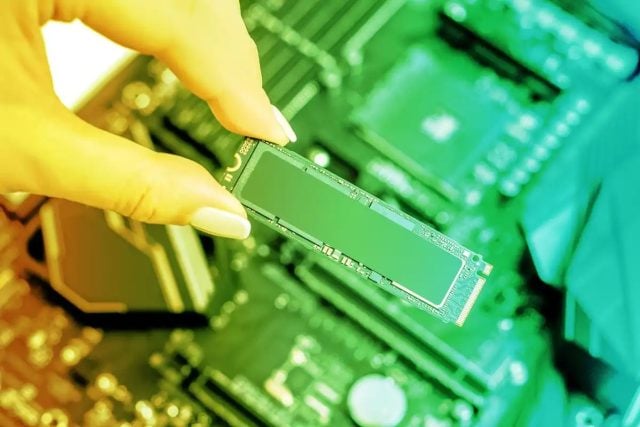
Solid-state drives (SSD) have many advantages over traditional HDDs due to high-speed data transfer, no moving parts, and compact size. There is another factor that makes SSDs better than other storage drives: controllers.
Before buying an SSD, you probably first look at its read and write speeds, capacity, and price. This is a correct approach, but another part of SSDs that can have a significant impact on their performance is the controllers.
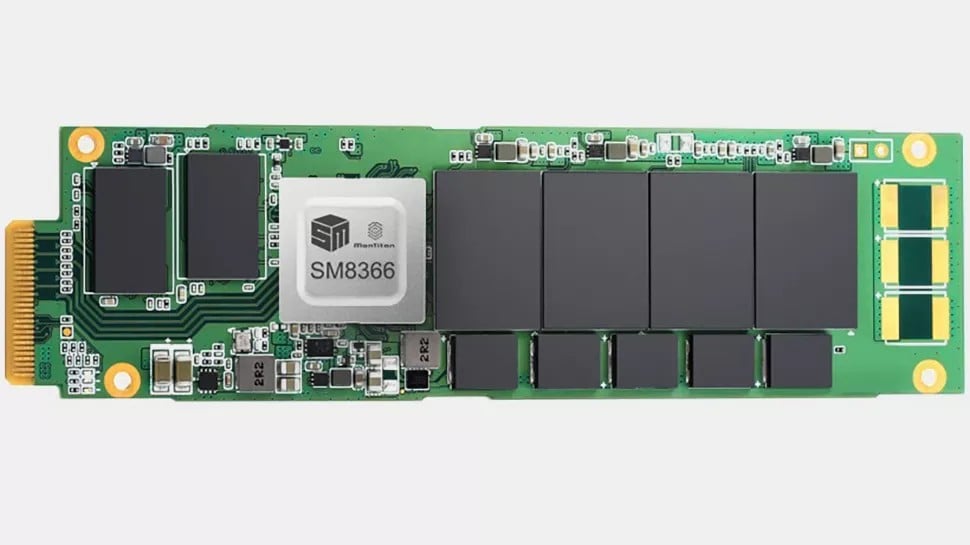
Think of the controller as the processor, or brain, of your driver. It handles read and write operations and performs other important drive performance and maintenance tasks. Users who want a high-end SSD should also take into account controllers, which significantly affect performance. Brands such as Phison, Silicon Motion, InnoGrit and Maxio offer different levels of efficiency and speeds.
What is SSD Controller?
As the name suggests, SSD controllers are responsible for everything about the drive, that is, they control everything. We can define these as special processors; As with other computer processors, they can vary significantly in performance, features, quality and price.
Chips responsible for managing solid-state drives usually have a pool of DDR3 or DDR4 memory to help manage NAND memory. Single-level cell, which in many drives also acts as a buffer and increases drive performance by separating fast NAND into read/write cycles It has caches.
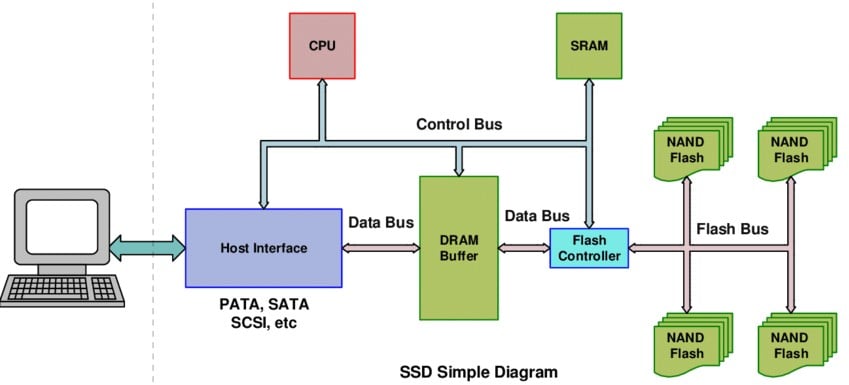
Some drives can also use data compression algorithms to reduce the total number of writes and extend the life of the drive. The SSD controller performs error correction, and the algorithms that control single-bit errors have become more complex with the passage of time. Unfortunately, we cannot go into too much detail about SSD controllers because companies have to keep their algorithms secret. A large part of NAND flash performance is determined by the controller, and companies do not want to reveal too much about what they are doing to avoid giving an advantage to their competitors.
As for interfaces, SSDs originally used SATA ports like hard drives. In recent years there has been a move to M.2 drives, which are very thin drives a few inches long that plug directly into the motherboard (or in some cases into a PCIe slot). ±witness we became.
The basic functions of an SSD controller include data access, error correction, wear leveling, garbage collection, and monitoring the overall performance and longevity of the SSD. There are ¼ management duties. These special processors can also be called flash controllers or NAND controllers.
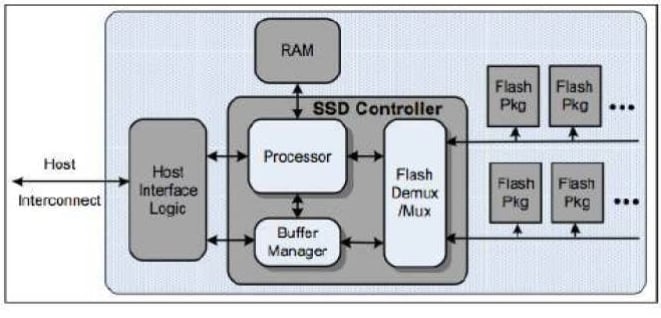
As we mentioned at the beginning, reading and writing operations are also carried out by these controllers. Its main task is to keep track of where all the data is stored, like a librarian who organizes the books in the library. When you want to read or write data from the SSD, the controller comes into play and you can find what you are looking for quickly and accurately.
Here are the main jobs performed by the chips we call the brain of the SSD:
- Data Read/Write: The SSD controller is the component that decides exactly how each data will be written or read to the flash memory chips in the SSD.
- SSD Wear Management: Nearly all commercial SSDs experience significant wear from write operations. The SSD controller also monitors how worn the different memory cells are and adjusts the work to ensure that the wear is distributed evenly across the drive. He tries to organize it.
- Error Correction: Checks whether the data is written to the memory cells correctly and corrects the problem if it is not.
- encryption: Some SSDs, especially enterprise drives, may have a controller that can encrypt and decrypt data on the fly. However, these “self-encrypting” drivers are for a very limited group.
In addition, there are many small jobs that the controller does, such as garbage collection, bad block management, thermal mitigation and many more.
How important is the SSD Controller?
In summary, it is very, very important. First and foremost, it determines the overall performance of the SSD. It manages the storage and retrieval of data, allowing data to be read and written efficiently from NAND flash memory. This means faster boot times, faster application launches and lower file access latency compared to traditional hard drives.
Second, it is vital for data integrity and longevity. There are error correction mechanisms to detect and correct data errors that occur in NAND flash memory cells. Additionally, wear leveling algorithms are used to evenly distribute write and erase cycles across memory cells, preventing some cells from wearing out faster than others. It is prevented.
We said the controller plays a big role in performance, but don’t worry too much about the controller if you don’t want to get into the nitty-gritty details when comparing SSDs. Don’t be alarmed. At least if you are a standard computer user, you do not need to pay much attention to this detail, which is not very visible. Instead, look at reviews and how the drive performs overall. In addition, well-known companies are already trying to choose the best controller by taking the price/performance balance into consideration when designing their products.
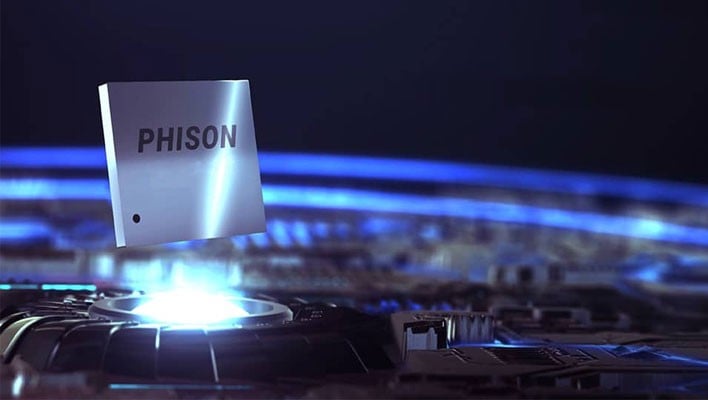
If your SSD is critical for your work or any other reason, these details may be very important to you. When you know which controller is in a drive you’re considering, you can have a better idea of the level of performance and quality you can expect.
For example, any SSD can achieve high sequential read and write speeds. But for everyday computing, random read and write performance is a bigger factor, and more advanced controllers can be much better than others in this regard. Choosing the right controller can make a difference when it comes to performance, durability and data integrity.
So, what details are looked at in these chips?
- Manufacturer and Model: Some brands are famous for their high-performance controllers. Important examples include Phison series such as E18 and E26.
- Private and Public Controllers: Some SSD manufacturers are developing their own controllers specifically for their hardware, which can potentially offer better performance and reliability than those used for general purposes. Samsung is a notable example of this, and it’s one reason why its drives are industry leading. Another good example is Micron, which provides controllers for other SSD manufacturers but also sells its own drives.
- Controller Architecture: Processor type (e.g. ARM-based, multi-core) and number of channels (data transfer paths between the controller and NAND memory) can affect performance.
- features: Features like advanced wear leveling, efficient error correction algorithms, and strong encryption capabilities are sometimes important.
How to Find Out the Controller Used by SSD?
The easiest and most reliable method is to visit the official website of the SSD manufacturer. Manufacturers often provide detailed technical specifications and product information, including the controller used in their SSDs. Search for the product page or documentation for the specific SSD model you’re interested in.
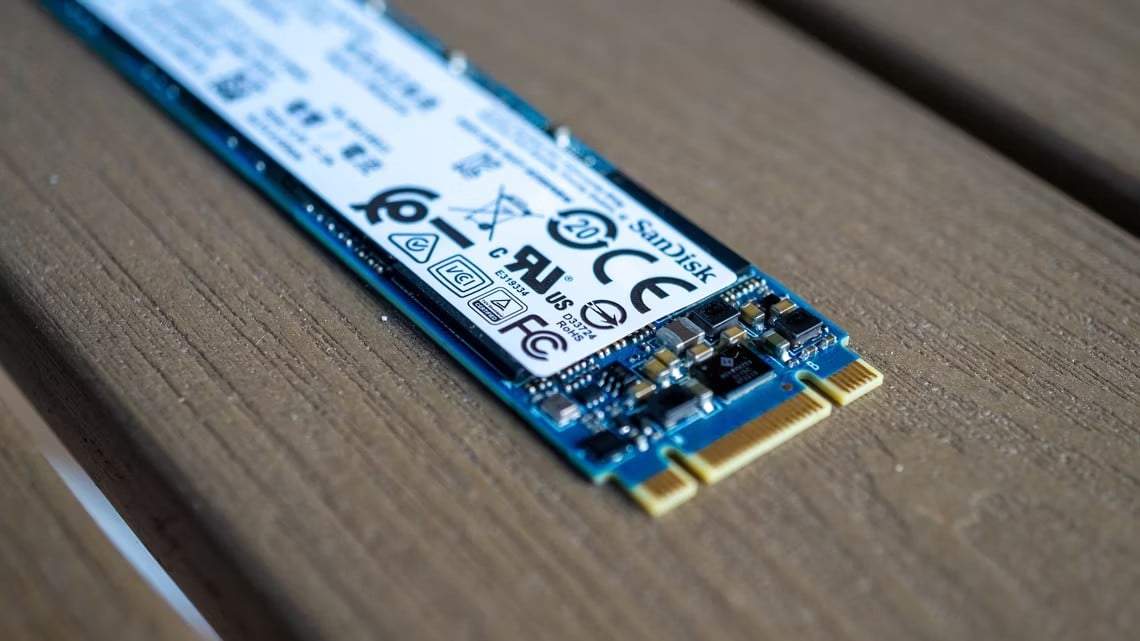
However, a label or sticker affixed to the drive may contain information about the SSD controller. This label is usually located on the SSD’s chassis. However, this information may not always be available or may be limited to the brand of controller rather than a specific model.
Thanks to some third-party software, you can get detailed information about the drivers, including the controller model. Among the popular options CrystalDiskInfo And HWiNFO is available.
Do Hard Disks Have Controllers?
HDDs also have controllers, but their functions are different from SSDs.

